Energy Efficiency Regulations
The implementation of stringent energy efficiency regulations is influencing the Plasterboard Market significantly. Governments and regulatory bodies are increasingly mandating the use of materials that enhance energy efficiency in buildings. Plasterboard Market, known for its thermal insulation properties, is becoming a preferred choice among builders and architects. Recent studies indicate that buildings utilizing energy-efficient materials can reduce energy consumption by up to 30%. This trend is likely to drive the demand for plasterboard as it aligns with sustainability goals and regulatory requirements. Consequently, manufacturers are focusing on developing innovative plasterboard solutions that meet these energy standards, thereby enhancing their market position within the Plasterboard Market.
Rising Construction Activities
The increasing pace of construction activities across various sectors appears to be a primary driver for the Plasterboard Market. With urbanization trends continuing to rise, the demand for residential and commercial buildings is surging. According to recent data, the construction sector is projected to grow at a compound annual growth rate of approximately 5.5% over the next few years. This growth is likely to stimulate the need for plasterboard, which is favored for its lightweight and versatile properties. Furthermore, the expansion of infrastructure projects, including schools, hospitals, and transportation facilities, is expected to further bolster the demand for plasterboard products. As a result, manufacturers in the Plasterboard Market are likely to experience increased sales and production to meet this growing demand.
Increased Focus on Interior Aesthetics
The rising emphasis on interior aesthetics is driving the Plasterboard Market in notable ways. As consumers and businesses prioritize visually appealing spaces, the demand for plasterboard solutions that offer design flexibility is increasing. Plasterboard Market allows for various finishes and textures, making it an ideal choice for interior applications. Recent surveys indicate that approximately 70% of homeowners consider aesthetics a critical factor in their renovation projects. This trend is likely to propel the demand for decorative plasterboard products, which can enhance the visual appeal of interiors. As a result, manufacturers in the Plasterboard Market are expected to expand their product lines to include more aesthetically pleasing options, catering to the evolving tastes of consumers.
Growing Demand for Lightweight Materials
The growing preference for lightweight construction materials is significantly impacting the Plasterboard Market. Builders and contractors are increasingly opting for materials that reduce overall building weight, thereby enhancing structural efficiency and reducing transportation costs. Plasterboard Market, being lightweight yet durable, is gaining traction in various construction projects. Recent market analysis indicates that the demand for lightweight materials is expected to grow by approximately 6% annually. This trend is likely to encourage manufacturers to innovate and produce a wider range of plasterboard products that cater to this demand. Consequently, the Plasterboard Market is poised for growth as it aligns with the evolving preferences of the construction sector.
Technological Advancements in Manufacturing
Technological advancements in the manufacturing processes of plasterboard are emerging as a crucial driver for the Plasterboard Market. Innovations such as automated production lines and advanced quality control systems are enhancing efficiency and reducing production costs. Recent data suggests that manufacturers adopting these technologies can increase output by up to 20% while maintaining high-quality standards. Additionally, the integration of smart technologies in plasterboard products, such as moisture-resistant and fire-resistant features, is likely to attract more consumers. As a result, companies that invest in these technological advancements may gain a competitive edge in the Plasterboard Market, positioning themselves favorably in a rapidly evolving market.
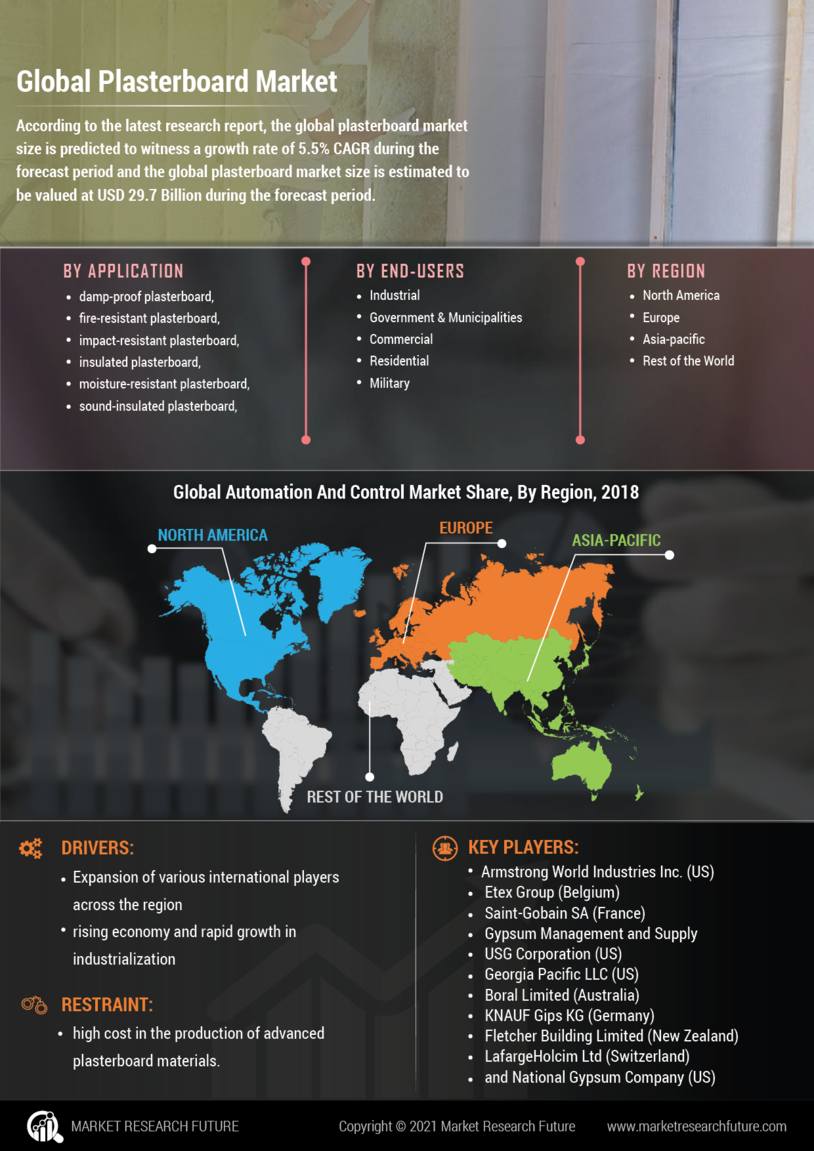

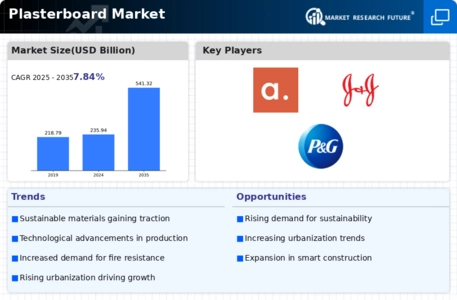
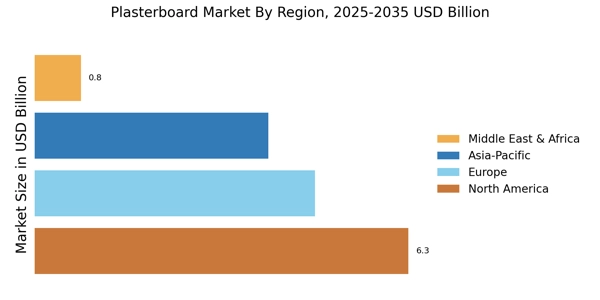
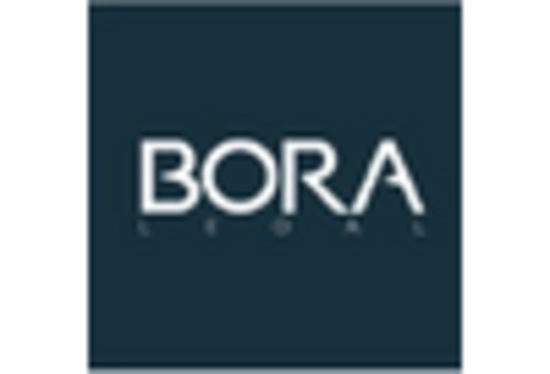
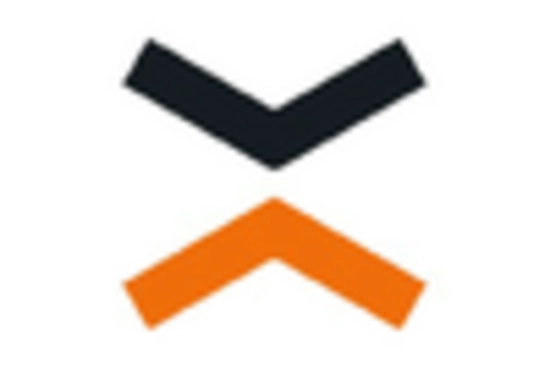
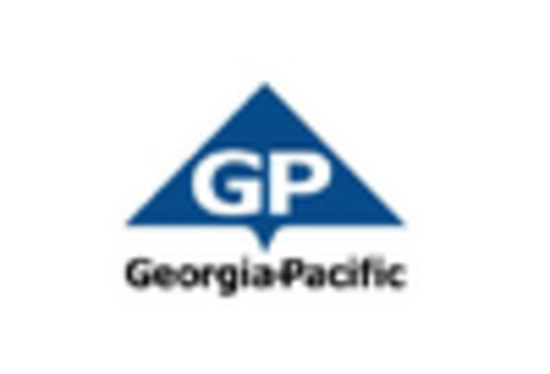
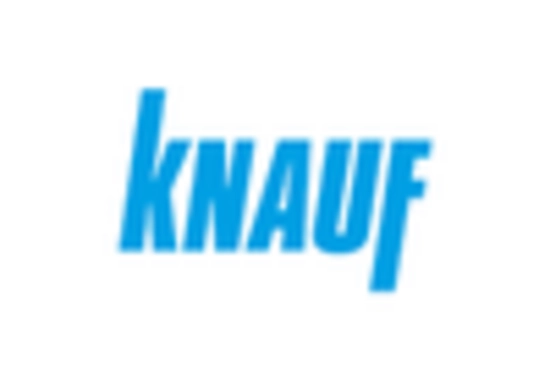

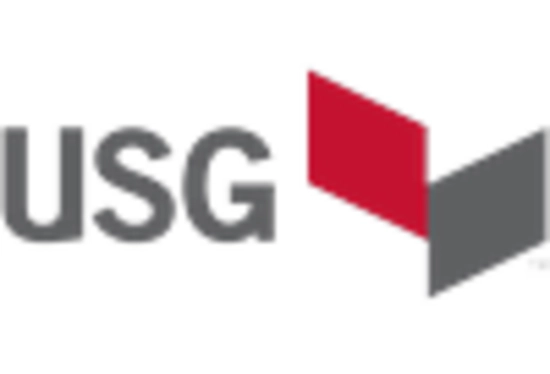








Leave a Comment